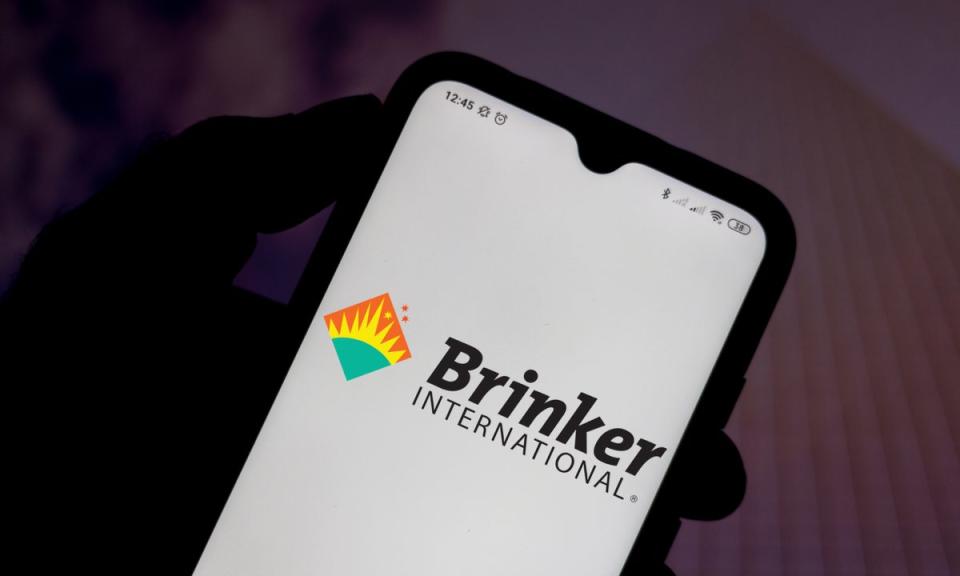Brinker International Invests in off-Premise Growth Despite Lower Average Check

Not all restaurant concepts experience digital ordering as the cash cow it can be for leading quick-service restaurants (QSRs).
Brinker International, parent company of Chili’s Grill & Bar, Maggiano’s Little Italy and two virtual brands (It’s Just Wings and Maggiano’s Italian Classics), told analysts on an earnings call Wednesday (Feb. 2) discussing results for the second quarter of 2022 that off-premises channels actually yield smaller-ticket purchases than its dine-in business.
“The impact [of COVID-19 surges] is significantly more than I think people understand and probably much more than other brands or companies you may follow,” Brinker International President and CEO Wyman Roberts said. “When we shift out of dining room into to-go because of COVID, we lose a lot of average check.”
The trend runs counter to those seen by other major restaurant brands, which often see higher checks for digital, off-premise sales, noting that these channels tend to be used for group orders more often than traditional, in-person channels. Because of the full-service nature of Brinker’s major brands, it is likely that the company brings in more families and other larger groups for on-premise dining than its quick-service and fast-casual counterparts, precluding the company from getting that off-premise check boost.
Still, the Coppell, Texas-based restaurant company, which has over 1,600 restaurants in 29 countries and two U.S. territories, continues to invest in digital ordering and other off-premise channels, noting that these options perform well in areas near college campuses and in suburban rings.
“It’s opening up a fairly large addressable market by thinking a little bit differently,” Brinker Chief Financial Officer Joe Taylor told analysts. “That’s one of the COVID takeaways is that off-premise is a bigger component of what we will do going forward, so we want to make sure we’re taking full advantage of that consumer shift.”
This shift toward off-premise is influencing the company’s physical restaurants as well. Roberts noted that the company is “testing small-footprint, off-premise-centric designs for densely populated markets,” alluding to two such locations coming to college areas soon. Additionally, he noted that the virtual restaurants “continue to be an important vehicle for us,” with more than 700 restaurants preparing Maggiano’s Italian Classics foods.
“The virtual brands … offer us some really unique opportunities to explore some of these ideas … with urban and smaller takeout/delivery centric prototypes,” he said.
Digital upgrades can be an effective way for restaurants to reach their most frequent customers, revealed PYMNTS research from this month’s edition of the Digital Divide report, “Digital Divide: Technology As A Catalyst For Restaurant Purchases,” created in collaboration with Paytronix. The study, which drew from census-balanced surveys of more than 2,400 U.S. consumers conducted in December, found that technology enthusiasts are far more likely than those who use fewer technologies to purchase from restaurants multiple times a week.
Additionally, survey results showed that 41% of consumers are encouraged to make more purchases when a restaurant offers online ordering ability, and 40% said the same of online payment ability.
Read more: QSRs Chase Tech-Savvy Diner Spend With New Digital Tools
